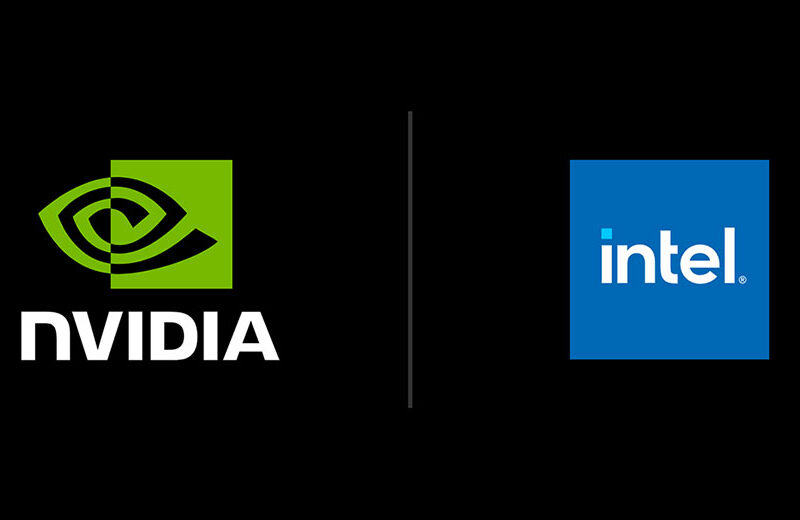Game Consoles, Part 4: A Window on the Wii

Part 1 of this four-part series gives an overview of the game console market this holiday season. Part 2 takes a closer look at the pros and cons of Microsoft’s Xbox 360. Part 3 examines the PlayStation 3. Part 4 discusses the Nintendo Wii.
The success of Nintendo’s Wii gaming system came as something a surprise to almost everyone. Hardcore gamers wrote it off as a lightweight contender, best suited for small children, and without any true HD graphics capability, how could it compete? But compete it has, despite a list of hurdles. Despite Microsoft’s Xbox 360 one-year head start, despite Sony’s PlayStation experience, and despite a slowly growing list of game titles, the Nintendo Wii has taken the world by storm, selling more than 18 million units in the United States and more than 40 million worldwide.
So yeah, it’s a Wii world out there, and there’s no indication that the Wii is slowing down.
Still, choosing the Wii as a game machine for yourself or another is a tricky proposition — it opens up doors while shutting others at the same time.
First, the Basics
The most obvious difference between the Wii and the Xbox 360 and PlayStation 3 is the Wii’s innovative controller system. Instead of the industry standard boomerang-shaped pad, Nintendo developed a new type of controller. Shaped like a TV remote control, the Wii controller — or “Wiimote” — is wireless and motion sensitive, which opens up a new range of game play options. Turn the controller and you turn a video game car. Swing it like a bat, and you swing a video game bat. Same goes for golf clubs and swords. Oh, and it vibrates and makes sounds, too, giving users tactile and audio feedback.
There’s still more — it comes with the optional (though in some games mandatory) Nunchuk accessory, which plugs into the main controller and provides an additional joystick, trigger and motion sensitive method for movement.
Bucking the trend of offering low-end and high-end packages with extra-large hard drives or better cables, Nintendo offers just one Wii — the mainstream model. It comes in at $249 with one controller. It has 512 MB of internal flash memory, two USB 2.0 ports, and a slot for SD memory expansion.



